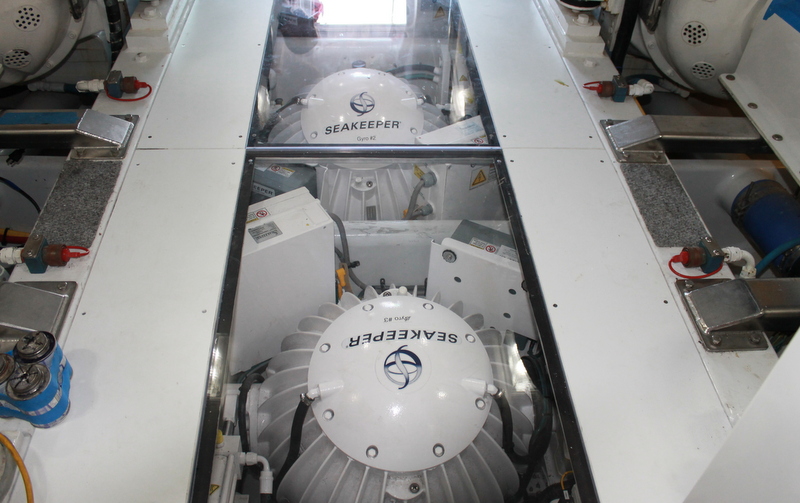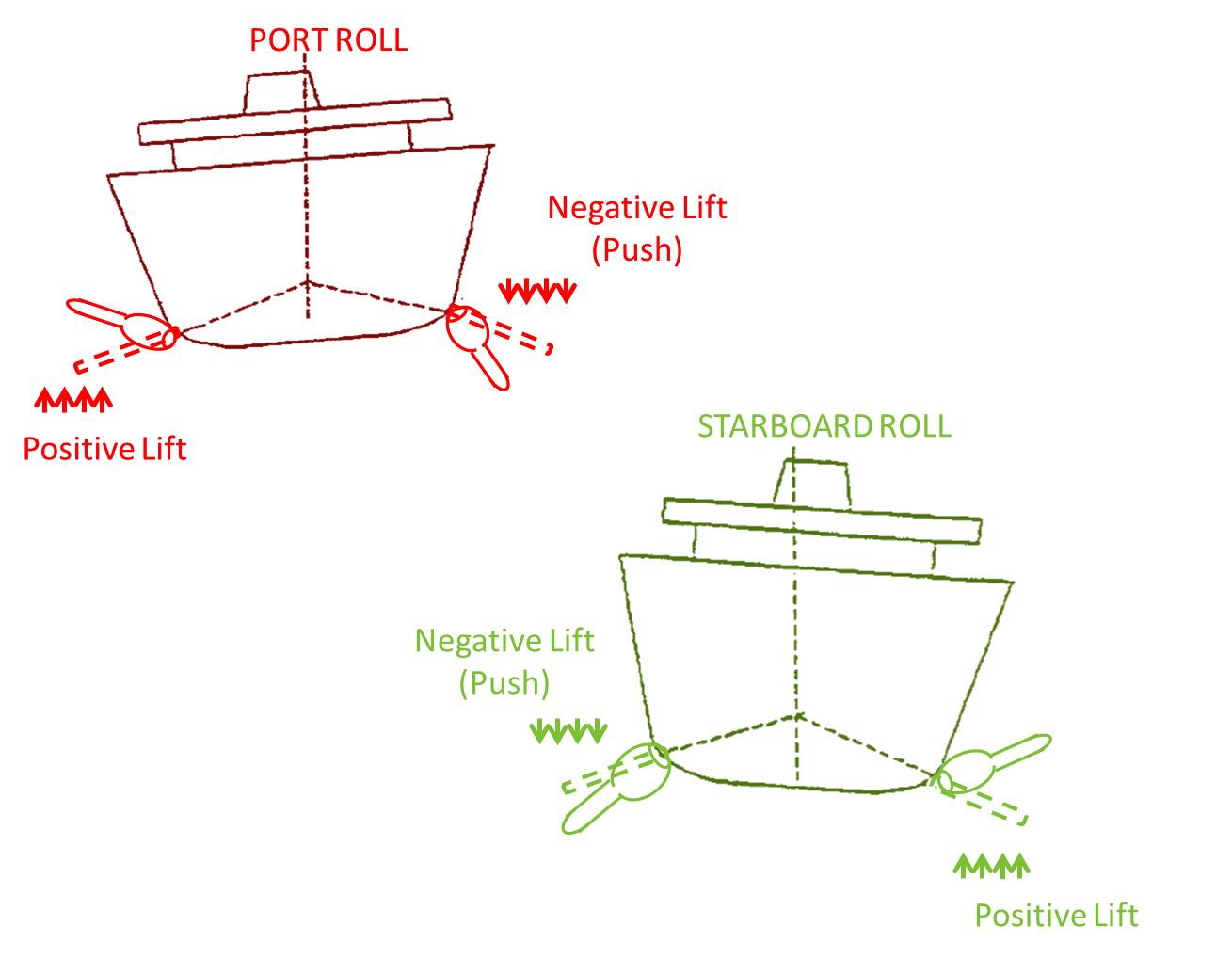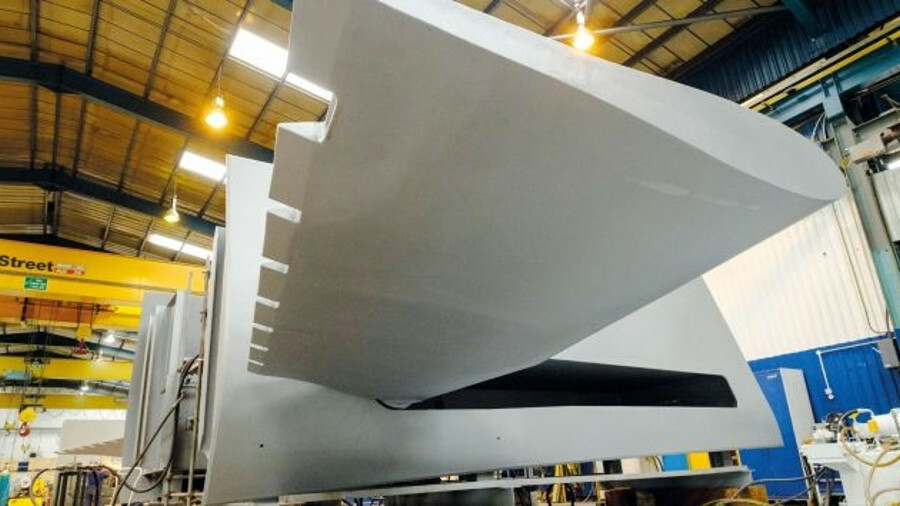Table Of Content

Whether you prefer a crisp lager, a hoppy IPA, or a smooth stout, Crown & Fin has got you covered. As I took my seat, I couldn’t help but admire the attention to detail, from the elegant chandeliers to the intricate table settings. Princess Tiana herself graced the stage, captivating the audience with her interactive performances. Lastly, be sure to preheat your oven and use a water bath to create a moist environment for the soufflé to rise evenly. The menu showcases a range of culinary delights from various regions of Italy, each dish carefully crafted with flavors that transport you to the heart of the country. From classic favorites like homemade pasta dishes and wood-fired pizzas to mouthwatering seafood and decadent desserts, there is something for everyone to enjoy.
Stabilizers and Bilge Keels
By contrast I was on the QE2 when they wet the table cloths and put the ropes up in the corridors, but I stayed put in my room as I didn't trust myself to walk around. I would invest in some seasickness meds and go with the hopes of calmer seas. A ship normally has a motion in 6 degrees of freedom out of which 3 are translational and 3 are rotational. The translational motions are, a surge which is the forward and aft motion of the ship, sway which is the port to starboard motion, and heave which is the up-down motion. Again, the overall effects were observed to be very small and other systems were developed which proved to be more effective.

Crown & Fin Pub: Inviting Neighborhood Pub With International Beers
Proper maintenance and regular inspections of these stabilizers are essential to ensure their optimal performance and longevity. Learn about the importance of stabilizers on a cruise ship, including enhanced stability in rough seas, reduction of motion sickness, and improved comfort for passengers. Explore different types of stabilizers and how they work for a safer and more comfortable cruise experience. Bilge keels are an important component of a cruise ship’s stability system. These long fins, typically located on the lower sides of the ship’s hull, are designed to reduce the rolling motion caused by waves and enhance stability.
Types Of Cruise Ship Stabilizer
Active stabilizers utilize advanced sensors, such as gyroscopes and accelerometers, to monitor the ship’s movement and apply corrective forces as needed. One of the greatest concerns of first time cruisers is the fear of getting seasick. Anyone who has experienced sea sickness will sympathise, as it is a condition that can ruin a voyage. Fortunately, modern cruise ships utilise the latest in technology to minimise the rocking and rolling motion of the vessel, greatly diminishing the chances of passengers being adversely affected. Cruise ship stabilizers are very effective at reducing the rolling motion of a ship.
Improved Comfort for Passengers
World's Largest Cruise Ship Has Twenty Decks, But Barely Any Of It Sits Below The Water - Jalopnik
World's Largest Cruise Ship Has Twenty Decks, But Barely Any Of It Sits Below The Water.
Posted: Wed, 17 Jan 2024 08:00:00 GMT [source]
The stabilisers are especially useful in rough sea conditions with high waves and strong wind. Cruise ships are large, heavy vessels that are susceptible to roll, pitch, and yaw. Roll is the side-to-side motion of a ship, pitch is the up-and-down motion, and yaw is the twisting motion. In order to provide a comfortable ride for passengers, cruise ships are equipped with stabilizers to reduce these motions. A high-quality ship stabilization system is a necessity for a wide range of vessel types and sizes, serving as an effective method of combating the natural rolling motion of open water. If improperly managed, rolling can adversely impact a vessel’s fuel efficiency, passenger experience, and safety.
Manual labor is the way through that natural phenomenon – adjusting the ship’s course. The initial purchase can range anywhere from $10,000 to over $350,000, depending on the size of your vessel. However, for many boaters, the added comfort and stability are worth the expense.
Question about Cruise Ship's stabilizer technology
Gyroscopic stabilizers use a high-speed spinning flywheel to create a gyroscopic effect, which helps reduce the rolling motion of a boat. If you are going to the expense of a retractable fin, you can go the few extra bucks for a roll sensing system. These are two tanks (one port and one stbd) that are connected together at the bottom. As the ship rolls, water tends to flow back and forth between the two tanks (like the water in the bottom of a rowboat).
Unraveling the Mechanics: How Gyroscopic Stabilizers Work
They are not as effective in rough sea conditions compared to other types of stabilizers, and their impact on reducing roll motion may be less significant. Additionally, fixed stabilizers create some drag, which can lead to a slightly slower cruising speed and slightly increased fuel consumption. In addition to stabilization systems, modern cruise ships are built with advanced weather monitoring and forecasting systems.
Cruise News Recap: Carnival Tampering, Dining Changes, Evacuation

By harnessing the forces of nature and incorporating advanced engineering, stabilizers contribute to a memorable and enjoyable voyage, making cruising an unparalleled travel experience. One of the types of stabilizers commonly used on cruise ships is the active fin stabilizers. These fins, located on the sides of the ship, can be extended or retracted as needed. When extended, they create additional resistance against the water, which helps counteract the side forces caused by waves.
This makes for a much smoother ride for passengers, and it also helps to reduce the wear and tear on the ship’s hull. Understanding the role of gyroscopes and the effectiveness of fins is essential for comprehending how cruise ship stabilizers work. These intricate systems work seamlessly together to provide a comfortable and stable sailing experience.
These systems allow the ship’s crew to anticipate and plan for inclement weather, adjusting the ship’s course or speed to avoid the most challenging conditions. By utilizing real-time weather data, cruise ships can optimize their routes for the comfort and safety of passengers. The advantage of active stabilizers lies in their capability to actively respond to changing sea conditions. Their adjustability allows for precise control over the ship’s stability, providing an optimal sailing experience even in rough seas.
When the ship starts to roll, the gyroscopic stabilizers generate a gyroscopic force that acts in the opposite direction, stabilizing the ship. This technology is particularly effective in reducing rolling motions caused by waves and helps to enhance passenger comfort. Gyroscopic stabilizers are often used in combination with other types of stabilizers to provide comprehensive stabilization. Cruise ships are marvels of engineering and design, capable of traversing vast oceans while providing a luxurious and comfortable experience for passengers.
Please note that the information provided above is based on research and industry knowledge. For more specific details on each innovation, please refer to the corresponding sections mentioned in the “reference” provided. If there is no stabilizer, the bottle of champagne and glasses start spilling drink everywhere, making your cruise voyage worse.
They contribute to the reduction of fuel consumption, leading to lower emissions and greater fuel efficiency. Stabilizers also minimize wake and erosion, protecting coastal areas and marine habitats. Additionally, they help mitigate underwater noise, preserving the delicate balance of marine ecosystems. By incorporating stabilizers into cruise ship designs, the industry can continue to prioritize environmental sustainability while providing unforgettable experiences for passengers.
Ship stabilization techniques play a crucial role in ensuring a smooth and comfortable voyage for passengers and crew alike. The benefits of stabilizers are numerous, including reducing the ship’s rolling motion, minimizing seasickness, and increasing overall safety. The use of stabilizers has become a standard feature in modern cruise ships, with many of them equipped with advanced systems to ensure a smooth and stable sailing experience even in rough seas. These systems can greatly enhance passenger comfort, making the journey more enjoyable for everyone on board.
By creating opposing forces that counteract the roll, active interceptors offer enhanced control and faster response times compared to traditional stabilizers. Another important purpose of stabilizers is to improve the fuel efficiency of the ship. When a vessel rolls, it creates additional drag in the water, which can increase fuel consumption. Stabilizers help reduce this drag by minimizing the rolling motion, resulting in fuel savings and a more environmentally-friendly operation. By counteracting the rolling motion of the ship, stabilizers help to smooth out the movement of the vessel through the water. This smoother motion translates into smaller and gentler waves, which have a reduced impact on coastal areas.

No comments:
Post a Comment